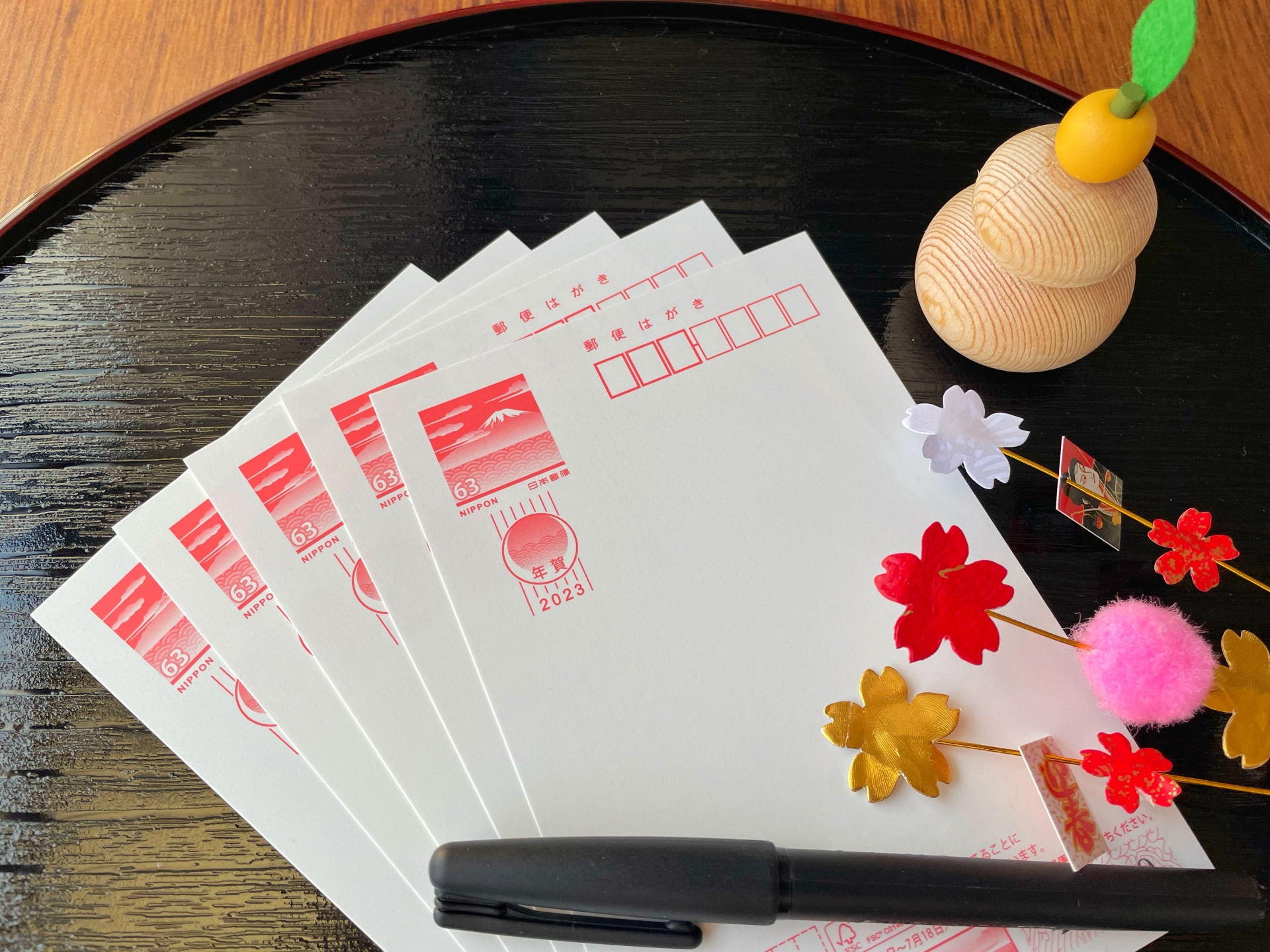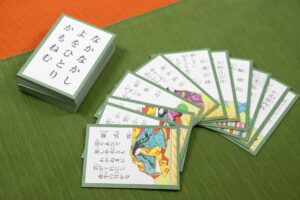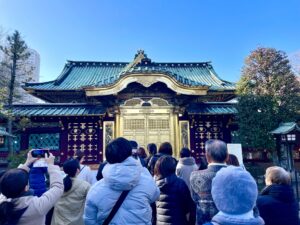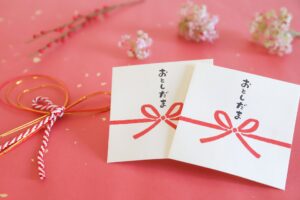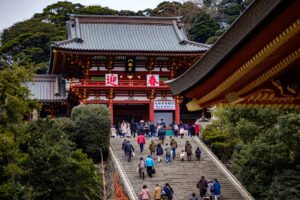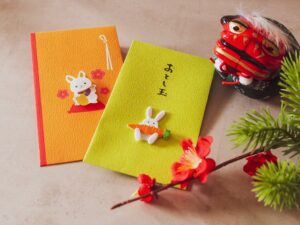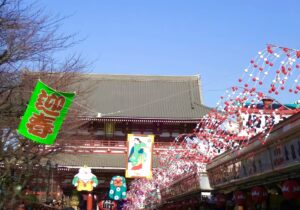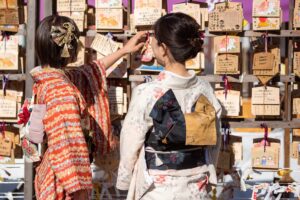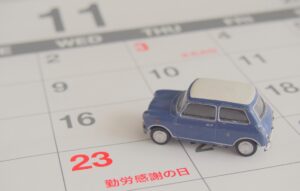Every year in Japan, millions of people send out nengajo, special New Year’s greeting cards designed to arrive exactly on January 1st. More than simple holiday notes, nengajo symbolize appreciation, the renewal of social ties, and the wish for a peaceful, prosperous year ahead. For those living abroad, studying Japanese culture, or working with Japanese colleagues, understanding the tradition of nengajo opens a window into Japanese etiquette, seasonal customs, and communication values. This guide explains everything you need to know — from the history and meaning of nengajo, to writing, designing, sending, and even mailing them from outside Japan.
What is a Nengajo?
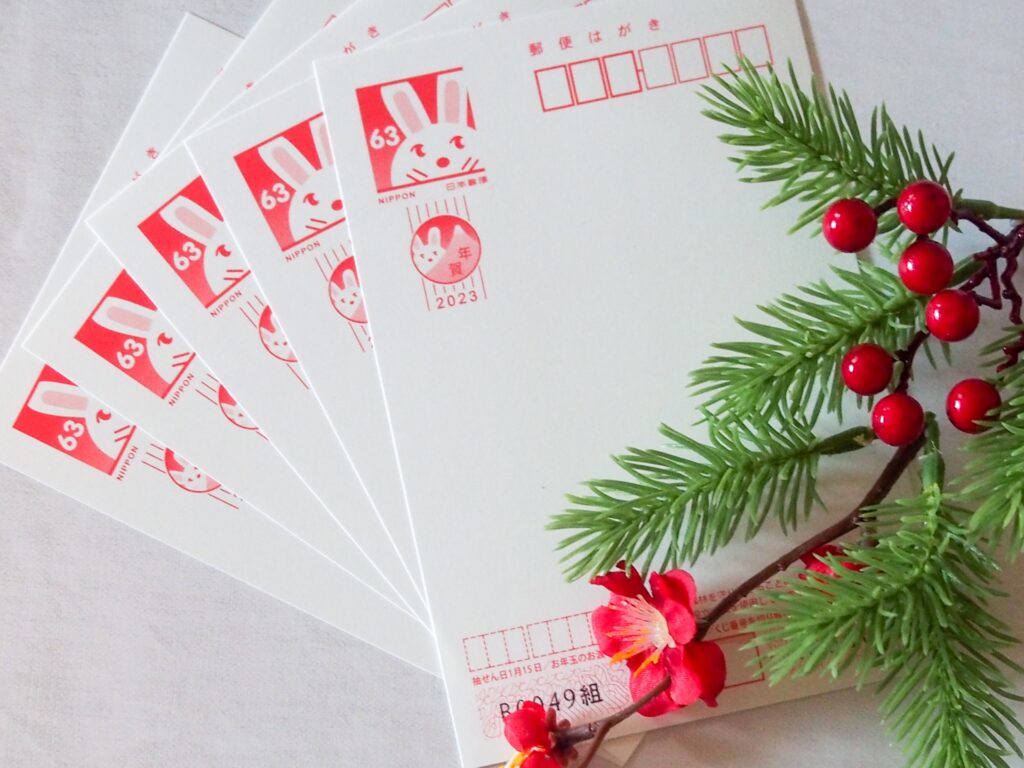
A nengajo is a traditional Japanese New Year’s postcard sent to express gratitude and good wishes for the upcoming year. The term combines nen (year) and ga (celebration/congratulation), reflecting its purpose as a formal greeting for the new year. Unlike Western Christmas cards, which often blend holiday and seasonal messages, nengajo are specifically tied to New Year’s Day and are meant to arrive precisely on January 1st. Many cards feature the year’s Chinese zodiac animal — a custom that became popular in the early 20th century — as well as symbolic motifs such as Mt. Fuji, sunrise imagery, cranes, turtles, or auspicious colors like red and gold.
Historically, nengajo developed from the practice of paying New Year visits (nenshi mawari) during the Heian period. As society modernized, people began sending written greetings instead, and by the Meiji era postcards became the dominant form. Today, nengajo remain a unique cultural bridge between personal connection and seasonal tradition, combining printed art, calligraphy, and brief heartfelt messages.

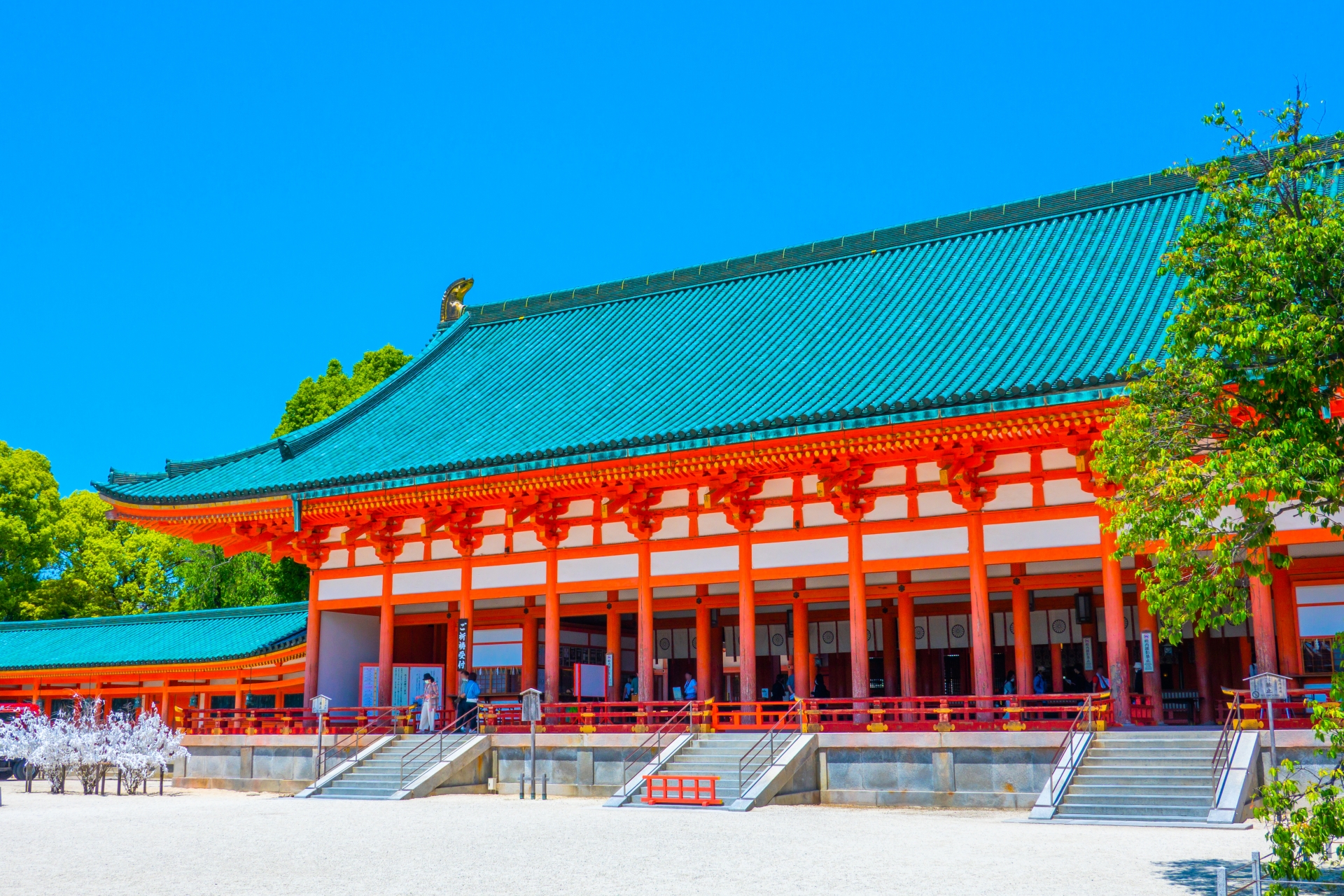
History & Cultural Significance
The origins of nengajo can be traced back to aristocratic customs of the Heian period (794–1185), when nobles exchanged written notes or made visits to maintain social relationships at the start of the year. With the establishment of the modern postal system during the Meiji era (1868–1912), Japan Post introduced standardized postcards that made sending nengajo easy and affordable. Their popularity quickly skyrocketed, and by the mid-20th century, nengajo had become a near-universal practice among families, friends, colleagues, and business partners.
Nengajo carry cultural significance far beyond their design. They function as markers of connection: a way to express gratitude, maintain relationships despite distance, and reaffirm social harmony. They also provide an annual rhythm to personal correspondence, often serving as the only written update between old classmates or former coworkers.
In recent decades, however, the total number of nengajo sent has steadily declined, due to digital communication, shifting lifestyles, and environmental considerations. Yet the tradition remains deeply valued by many — especially older generations and those in professional settings — and continues evolving with new formats like digital cards and customizable photo prints.

The Postal System & Lottery
Japan’s postal system plays a central and uniquely reliable role in the nengajo tradition. Special collection boxes and sorting systems begin operating around December 15, allowing people to mail cards early while ensuring they are held for guaranteed delivery on January 1. This system is so established that receiving a stack of neatly bundled nengajo on New Year’s morning is considered a core New Year experience.
Many official Japan Post cards include an otoshidama lottery number printed on the bottom. Each year in mid-January, Japan Post announces winning numbers with prizes such as commemorative stamps, household electronics, travel vouchers, or premium goods. This lottery element adds an enjoyable surprise to the tradition and keeps the practice engaging for both adults and children.
When & To Whom Should You Send?

To ensure delivery on New Year’s Day, nengajo should ideally be mailed by December 25 (or earlier, depending on location). Cards dropped into special red “nengajo-only” postal slots from December 15 onward will be sorted and held until January 1.
Typical recipients include:
- Family and relatives
- Friends and classmates
- Colleagues and mentors
- Business partners, clients, and suppliers
- Teachers, coaches, and community members
Nengajo represent an ongoing connection, so recipients often mirror one’s social circles over the years. However, there is one important exception: households in mourning (mochu) do not receive or send nengajo. Instead, they send a mochu hagaki — a postcard informing others that they will refrain due to a recent death in the family.

How to Write & Design One
A nengajo typically includes three main components: a greeting, a brief personal message, and the sender’s name and address. On the front, many people feature zodiac-themed art, family photos, or decorative elements. Japan Post offers blank inkjet-friendly cards for those who want to design their own.
Common greetings include:
- あけましておめでとうございます (“Happy New Year”)
- 今年もどうぞよろしくお願いします (“I appreciate your continued support this year”)
- 新年のご挨拶を申し上げます (a more formal or business tone)
When addressing a nengajo, the recipient’s address is written vertically on the right side and the name on the left, often followed by 様 (sama) to show respect. For business contacts, keep the message polite, concise, and professionally appropriate.
Design ideas vary widely — from traditional motifs to modern minimalist layouts, calligraphy-centric styles, or playful illustrations. Your design can reflect personal taste, family identity, or brand image if used in a business context.
What to Say — Message Examples
- For Family & Close Friends
Japanese: 今年もどうぞよろしくお願いします。健康と幸せな一年になりますように。
English: Wishing you good health and a wonderful year ahead. I look forward to staying connected in 2025. - For Colleagues or Business Partners
Japanese: 旧年中は大変お世話になりました。本年も変わらぬお付き合いをよろしくお願い申し上げます。
English: Thank you for your support this past year. I look forward to continuing our partnership in the new year. - For Acquaintances or Teachers
Japanese: 新年のお喜びを申し上げます。今年もどうぞよろしくお願いいたします。
English: Warm wishes for the New Year. Thank you for your guidance and support.
Adding a short personal note — even a single sentence — makes the card feel more heartfelt.
Where to Buy / Print or Create Your Own
Nengajo can be purchased at Japan Post offices, convenience stores, stationery shops, or 100-yen stores. Many come pre-printed with zodiac art or seasonal motifs, and inkjet-ready versions are available for those printing at home.
For custom designs, online printing services offer templates, photo-card layouts, or fully custom uploads. Price ranges vary from inexpensive bulk cards to premium glossy photo prints. Craft enthusiasts often hand-make their nengajo using washi paper, stamps, stencils, or watercolors — making each card a small piece of art.
Sending Nengajo from Abroad & Business Use

Sending nengajo from overseas is entirely possible and appreciated. When mailing internationally, allow extra time—ideally sending by early December. Include the recipient’s address both in Japanese (if possible) and Roman letters. English messages are acceptable, but adding a short Japanese greeting enhances cultural authenticity.
For business use, nengajo demonstrate professionalism and respect. U.S.-based professionals working with Japanese clients or partners may send nengajo to express appreciation and reinforce relationships. Keep the design modest, include your company logo if appropriate, and use formal language. Avoid overly casual messages or humor unless you know the recipient well.
Current Trends & Digital Alternatives
While nengajo remain cherished by many, the total number sent in Japan continues declining as younger generations shift to digital communication. Environmental awareness and lifestyle changes also contribute to this trend. As a result, digital nengajo, mobile apps, and email-based greetings have gained popularity—especially among younger professionals and tech-savvy families.
At the same time, printed nengajo are increasingly viewed as “premium” or sentimental items. Because fewer are sent, receiving one feels more special than before. Eco-friendly options such as recycled paper cards and minimalist designs are also growing. The tradition is not disappearing—it is reinventing itself for the modern era.
Creative Ideas & Add-Ons
There are many ways to make your nengajo memorable. Photo-based cards featuring family portraits, travel snapshots, or pets are popular, especially among international senders. Handmade cards using washi, calligraphy, stamps, or collage elements create a tactile, personalized feel. For business users, incorporating subtle branding, color themes, or slogans can strengthen identity without appearing promotional.
You can also experiment with the zodiac theme, creating playful or artistic interpretations of the year’s animal. Some people add QR codes linking to photo albums, yearly recaps, or small greeting videos—bridging tradition with digital storytelling.
Summary & Call to Action
Nengajo are more than postcards—they are a unique cultural tradition that honors gratitude, relationships, and fresh beginnings. Whether you live in Japan, have Japanese friends or clients, or simply enjoy exploring global customs, sending a nengajo is a meaningful way to participate in Japanese New Year culture.
Here’s your quick checklist for next year:
- Decide whom you want to send to
- Prepare your design or message
- Send by December 25 (earlier if abroad)
- Check lottery results in mid-January
Why not send your first nengajo this coming New Year? Create one that reflects your personality, your story, and your hopes for the year ahead.

